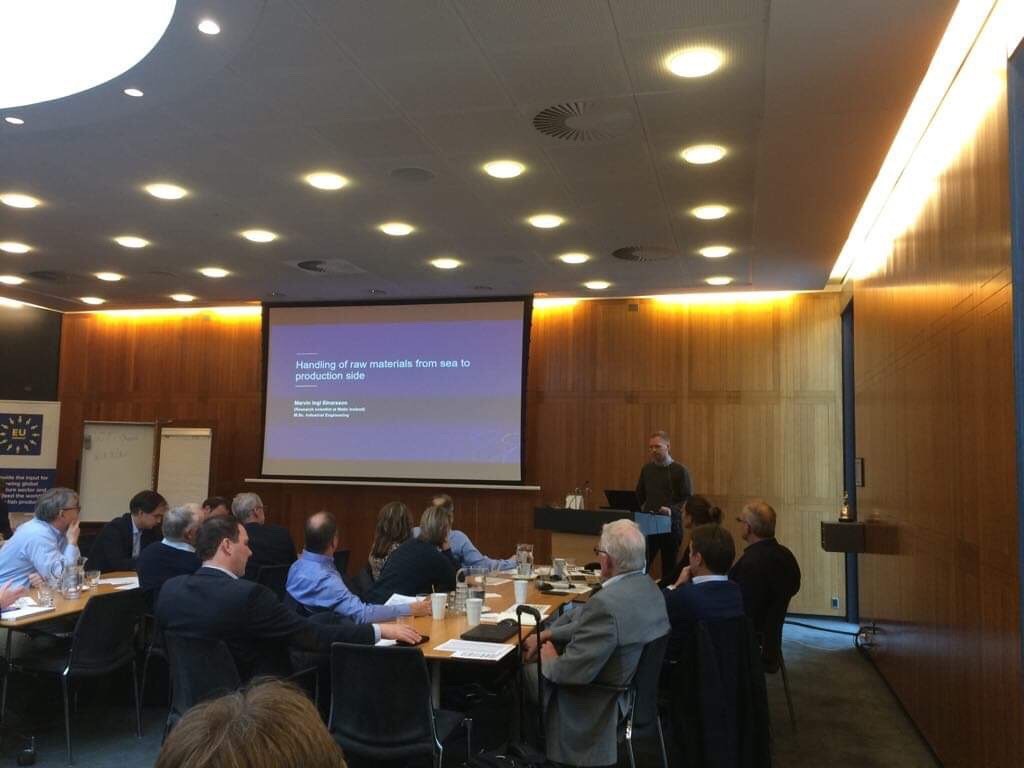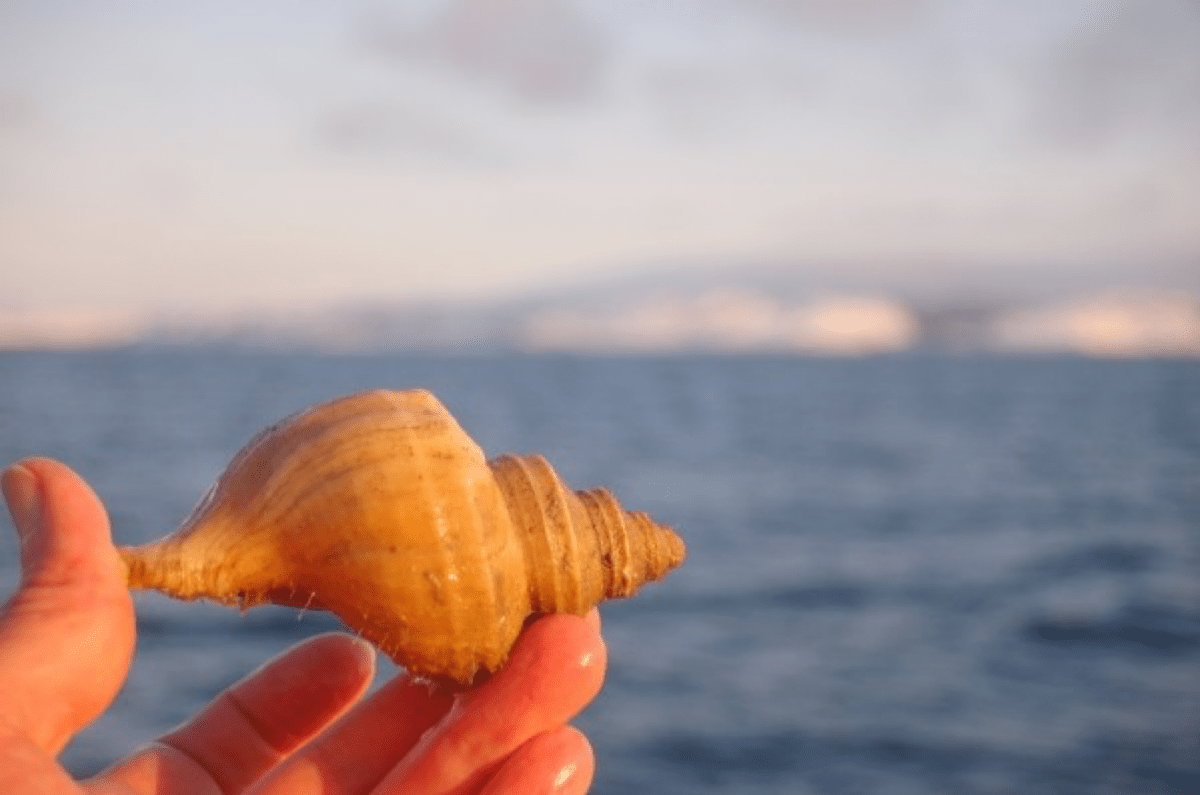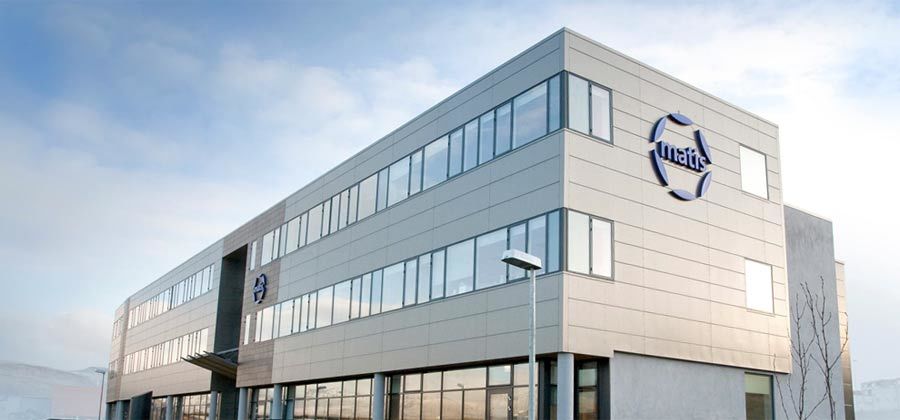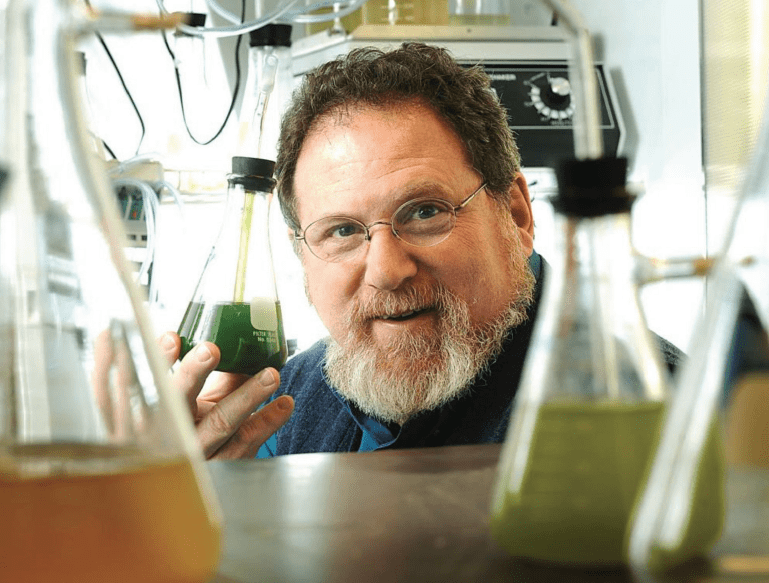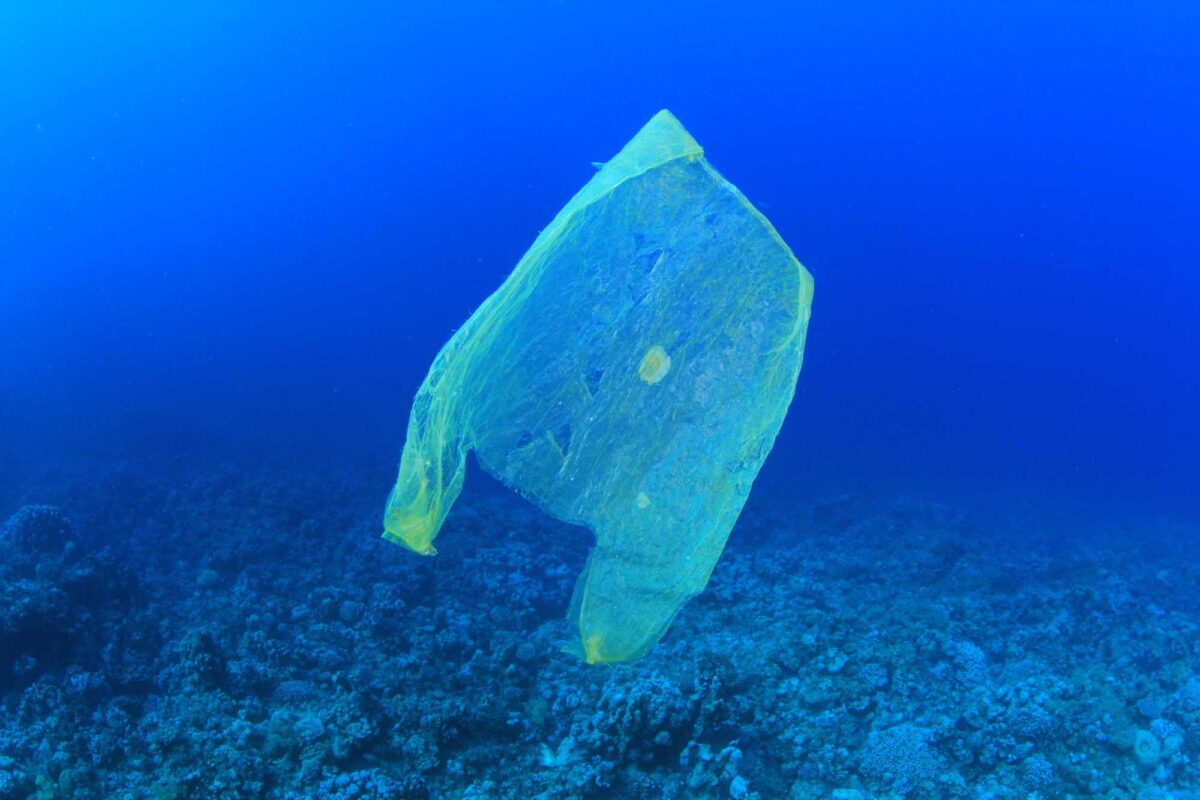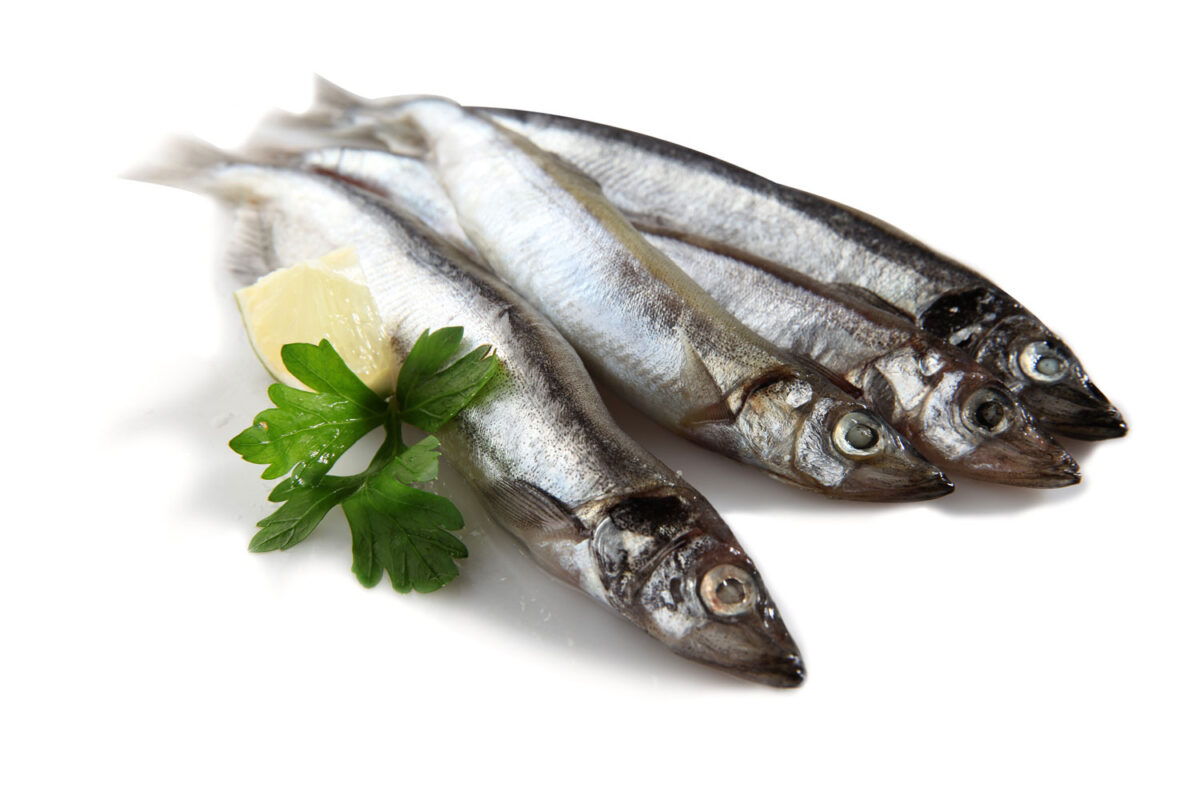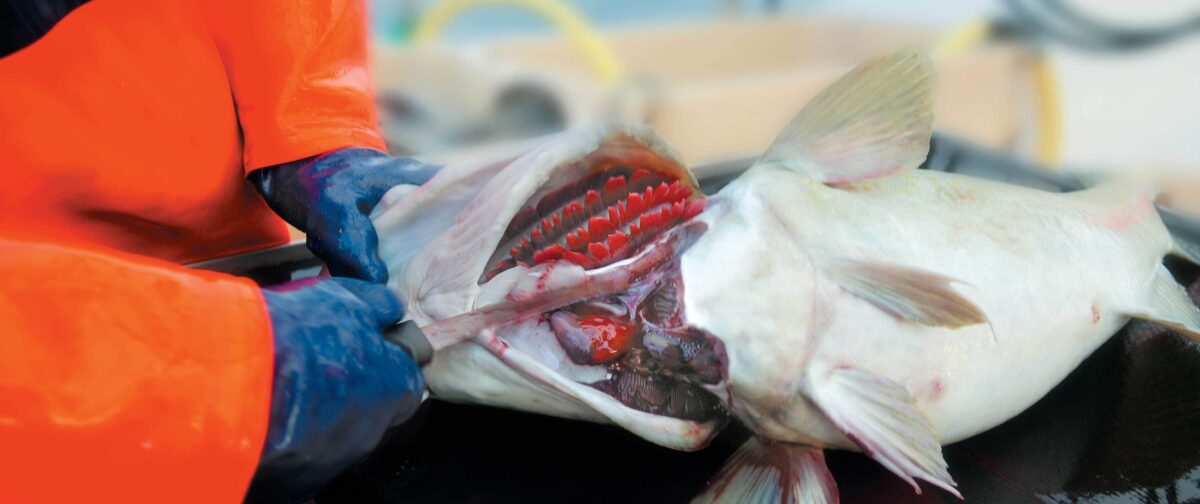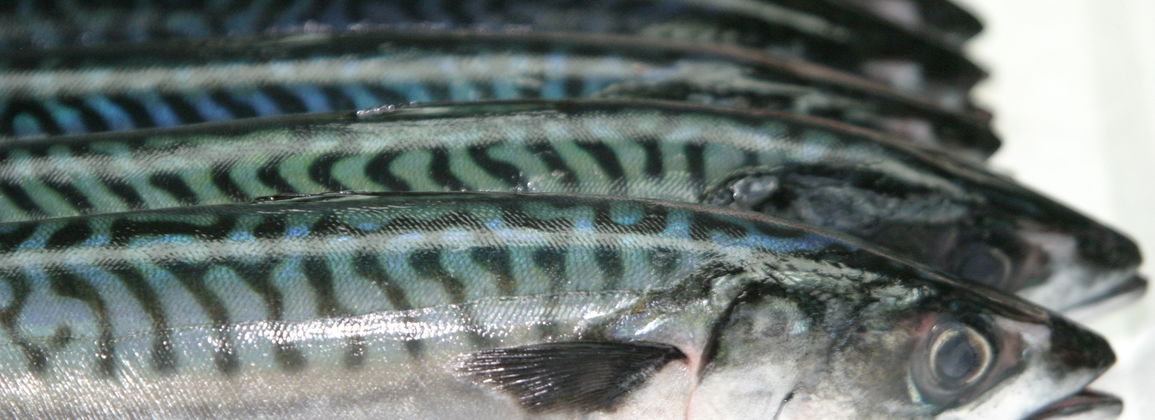Just now this ended an amazing episode in the news commentary show Kveik which is shown on RÚV on Tuesday nights. This time it was plastic, both microplastic and plastic that birds and other animals have eaten.
The eyes of rulers around the world have been opened to the threat posed to us by plastic. For example, the European Union is aiming for a major effort in these matters, and it is clear that the next research plans, especially the one starting in 2021, will take these priorities into account.
Of course, it did not go unnoticed how much of a shock it was for Sigríður Halldórsdóttir at RÚV to see the results of Matís' research on water from washing machines, water that goes directly down to our drains and out to sea. Matís has been a strong participant in research and discussion of these issues in recent years, and the company, together with partners, has pushed for the issue of plastic pollution, especially microplastics, to be given greater weight.
Matís has built up a strong infrastructure and knowledge for research on plastics in the environment, participated in research projects on plastics, is a participant in the government's consultation forum on an action plan in the field of plastics and will lead a project within the Icelandic Presidency of the Nordic Council of Ministers 2019-2021, which will focus on building a foundation for research and monitoring of plastics, to name but a few.
Plastic pollution is a real threat to the marine environment. We Icelanders have a lot to do with the marine environment, as the fishing industry has been our main industry in recent decades. It is therefore important that the existing knowledge is used to the fullest to counteract the great danger of plastic pollution in the sea. Are we going to use the resources of the ocean in the way that has been and even better? In order for this to be possible, it is necessary to conduct research on all aspects of the value chain of marine products, from the marine environment to fishing and processing and on behalf of consumers, as well as what arises from fish processing.
Matís builds on a good foundation here, as the company and its predecessor (Rannsóknastofnun fiskiðnaðarins) have worked hard together with partners in the industry, in increasing the value of seafood in a sustainable way.
It was often necessary, but now it is necessary to join hands and apply the science to prevent the marine ecosystem around Iceland from being permanently damaged. We need to research the situation, assess the risks that exist and see the positive opportunities that exist if we are to take a strong step forward.
Go ahead!

